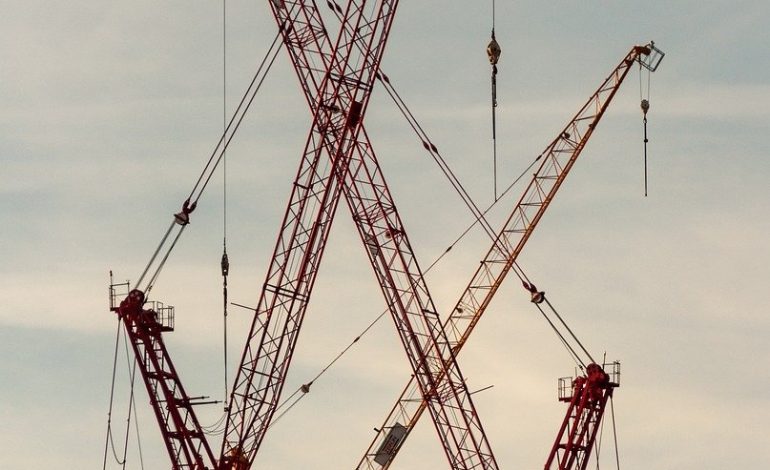
Load testing represents the most critical verification process in crane safety management. This comprehensive procedure validates that cranes can safely handle their rated capacities while identifying potential structural weaknesses before they become catastrophic failures.
Understanding Load Testing Fundamentals
Load testing involves applying predetermined weights to crane systems to verify structural integrity and operational performance. Unlike routine inspections that examine components visually, load testing subjects equipment to actual working stresses.
The process validates manufacturer specifications while revealing hidden defects that visual inspections might miss. Professional inspectors from Certified Crane Inspectors conduct thousands of load tests annually, preventing accidents through rigorous testing protocols.
Regulatory Framework and Standards
OSHA Requirements:
OSHA crane inspection requirements mandate specific load testing procedures that vary by equipment type. Tower cranes require different protocols than mobile units, reflecting their unique operational characteristics.
Pre-Testing Inspection Procedures
Before applying test loads, inspectors perform comprehensive visual examinations:
Critical Components Assessment:
This preliminary inspection follows crane safety inspection procedures that identify obvious defects before stress testing begins.
Load Test Weight Calculations
Standard practice requires testing at 100% of rated capacity plus an additional 25% safety margin. For a 50-ton crane, testing involves 62.5 tons total load. These calculations consider:
Testing Methodology and Equipment
Test Weight Options:
Professional testing requires calibrated weights with certified accuracy ratings. Each test weight must have traceable calibration documentation proving its exact mass.
Step-by-Step Testing Process
Phase 1: Setup and Preparation
Phase 2: Gradual Load Application
Phase 3: Hold and Observation
Specialized Testing for Different Crane Types
Tower Crane Load Testing: Tower cranes require unique testing approaches due to their height and configuration. Testing typically occurs during initial erection and after significant modifications. Tower crane inspection standards mandate specific procedures for these complex machines.
Mobile Crane Variations: Mobile crane inspection requirements include load testing protocols adapted for various configurations:
Documentation and Reporting
Comprehensive documentation includes:
Common Testing Challenges
Weather Limitations: Wind speeds exceeding 20 mph can affect test accuracy. Rain or ice create hazardous conditions requiring test postponement.
Space Constraints: Urban construction sites often lack sufficient space for proper load testing setup. Creative solutions include using building structures or temporary platforms.
Equipment Availability: Certified test weights aren’t always readily available. Planning ahead ensures proper equipment availability for scheduled testing.
Real-World Case Study
A construction project in Charleston recently experienced a near-miss when routine load testing revealed a cracked boom section on a 200-ton crawler crane. The defect wasn’t visible during standard inspections but became apparent under test loads. This discovery prevented a potential catastrophic failure during a critical lift operation.
Professional Testing Services
Certified Crane Inspectors provides comprehensive load testing services across multiple states. Our certified professionals use calibrated equipment and follow strict protocols ensuring accurate, reliable results.
Regular load testing, combined with proper crane inspection frequency scheduling, forms the foundation of effective crane safety management. This investment in safety prevents accidents while ensuring regulatory compliance.
Leave A Reply